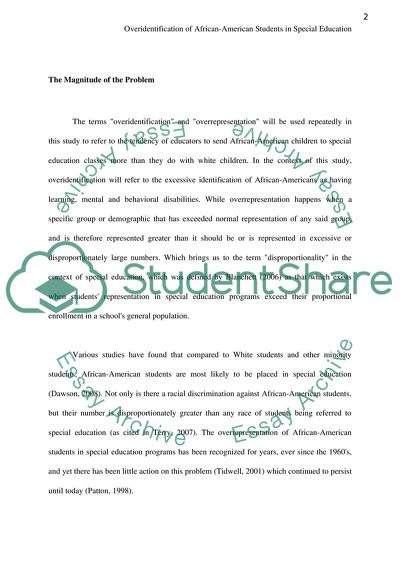Cite this document
(The Problem With Overidentification of African American Students Literature review, n.d.)
The Problem With Overidentification of African American Students Literature review. Retrieved from https://studentshare.org/education/1720549-overidentification-of-black-students-in-special-education
The Problem With Overidentification of African American Students Literature review. Retrieved from https://studentshare.org/education/1720549-overidentification-of-black-students-in-special-education
(The Problem With Overidentification of African American Students Literature Review)
The Problem With Overidentification of African American Students Literature Review. https://studentshare.org/education/1720549-overidentification-of-black-students-in-special-education.
The Problem With Overidentification of African American Students Literature Review. https://studentshare.org/education/1720549-overidentification-of-black-students-in-special-education.
“The Problem With Overidentification of African American Students Literature Review”, n.d. https://studentshare.org/education/1720549-overidentification-of-black-students-in-special-education.


